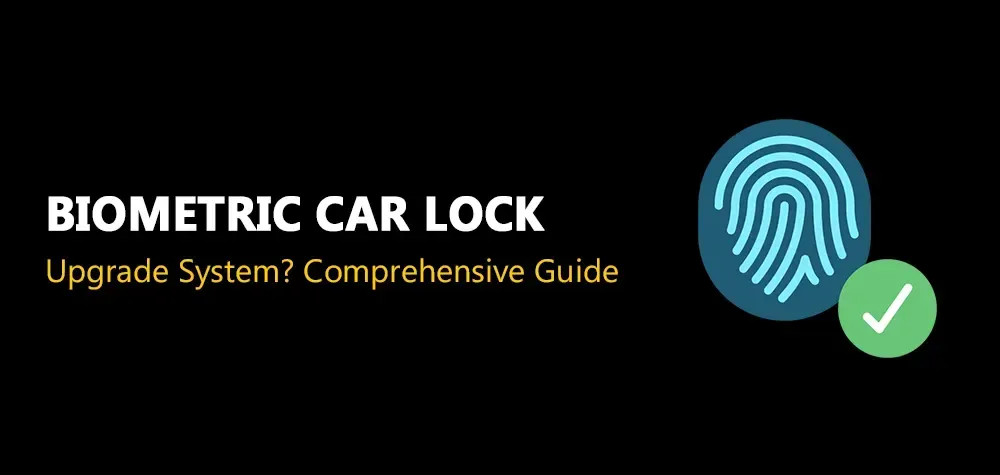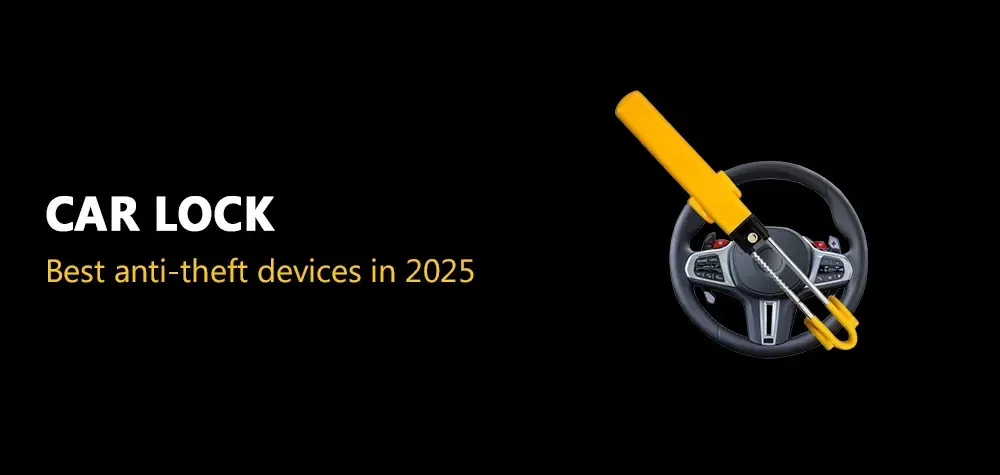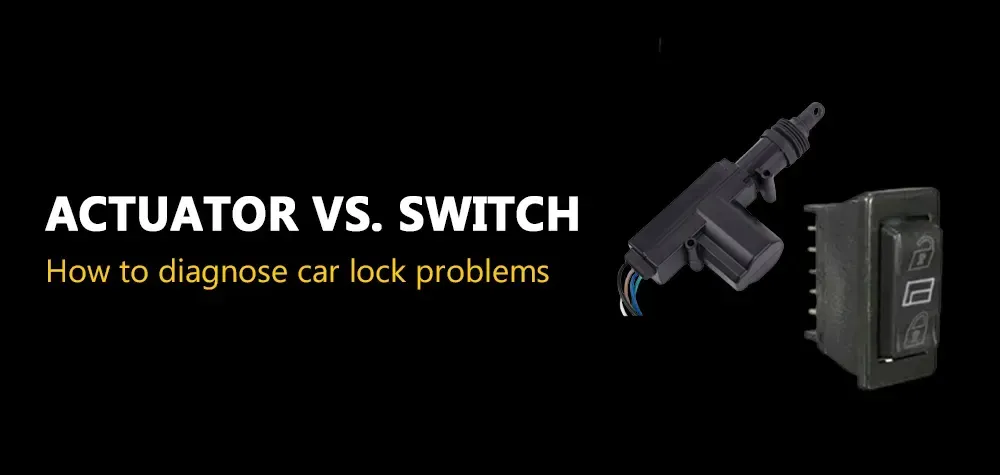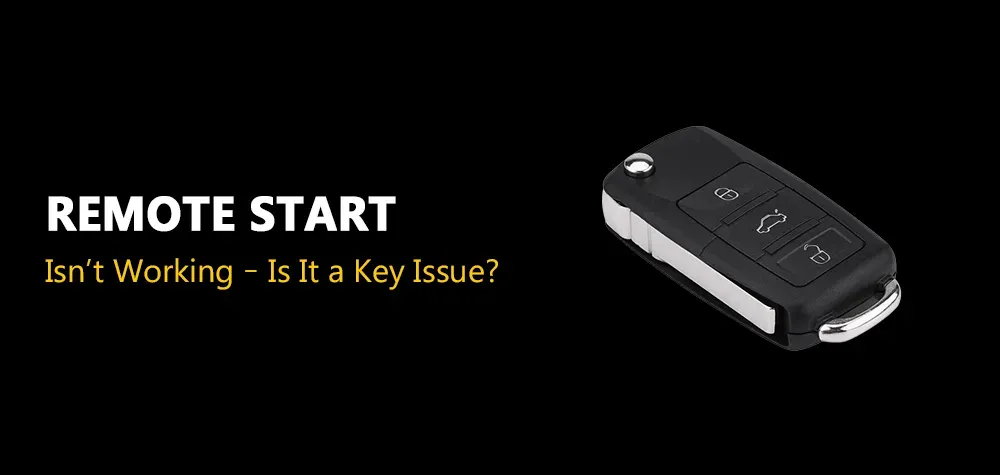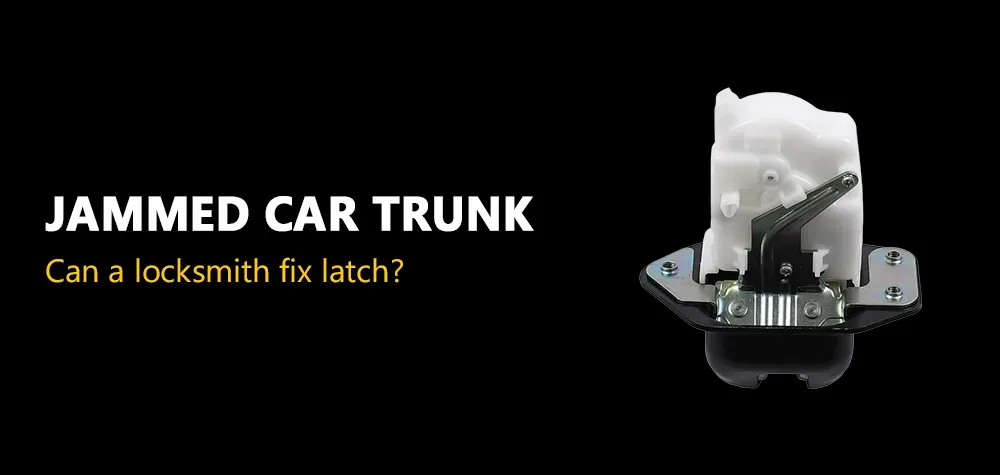Troubleshooting Guide: How to Fix Common Malfunctions in a Rekeyed Lock
Welcome to our troubleshooting guide for rekeyed locks! We've all experienced the frustration of dealing with a malfunctioning lock at some point in our lives. Whether it's getting locked out of your house or struggling to turn the key, these issues can be incredibly annoying and time-consuming. But fear not! In this blog post, we will walk you through some common malfunctions that can occur in rekeyed locks and provide practical solutions to fix them. So grab your toolkit and get ready to become a lock-whisperer as we unravel the mysteries behind these pesky problems!
Rekeying a lock is the process of changing the internal pins and tumblers of a lock so that it can be operated with a new key. This is an effective way to ensure the security of your home or business, as it renders any old keys useless and prevents unauthorized access.
There are various reasons why you may need to rekey a lock – from moving into a new property to losing a key or simply wanting to upgrade your security measures. Whatever the reason may be, it's important to understand the basics of rekeyed locks in order to troubleshoot common malfunctions that may arise. For enhanced security, consider having your locks rekeyed by our professional locksmiths.
How does Rekeying Work?
Rekeying involves disassembling the lock cylinder and replacing its existing pins and springs with new ones that correspond with a different key. This essentially changes the combination of the lock, making any previous keys ineffective. The new key will now be able to operate the lock without any issues.
A locksmith usually performs this process by using specialized tools such as pinning kits, plug followers, and master pins. However, if you have some DIY skills and access to these tools, you can also attempt rekeying your own locks at home.
Common Malfunctions in Rekeyed Locks
Rekeying a lock is a common practice for many homeowners and businesses, as it offers an affordable way to change the keys without having to replace the entire lock. However, like any mechanical device, rekeyed locks can experience malfunctions that may prevent them from functioning properly. In this section, we will discuss some of the most common malfunctions in rekeyed locks and how to troubleshoot and fix them.
1. Key Not Turning or Getting Stuck
One of the most frustrating malfunctions in a rekeyed lock is when the key does not turn smoothly or gets stuck. This can happen due to several reasons such as dirt or debris stuck inside the keyway, a damaged key, or misaligned pins inside the lock cylinder. To fix this issue, you can try using a lubricant such as graphite powder or WD-40 to clean out any debris from the keyway. If that doesn't work, try using a spare key to see if it turns smoothly. If neither of these solutions works, it might be best to call a professional locksmith for further assistance.
2. Difficulty Locking/Unlocking from Inside
Sometimes you may find that your rekeyed lock is difficult to operate from one side but works fine from the other side. This could be caused by loose screws on either side of the lockset or a misaligned latch bolt. Check all screws on both sides of the door and tighten them if necessary.
3. Key Jamming
It is a common issue that many people may experience with rekeyed locks. This occurs when the key gets stuck or refuses to turn in the lock, making it difficult or impossible to unlock or lock the door. It can be frustrating and inconvenient, especially if you are in a rush.
There are several reasons why key jamming may occur with a rekeyed lock. One possible reason is that there could be debris or dirt lodged inside the lock mechanism, preventing the key from moving smoothly. Another reason could be that the key itself is damaged or worn out, causing it to get stuck in the lock.
If you are experiencing key jamming with your rekeyed lock, here are some steps you can take to troubleshoot and fix the issue:
1. Clean and lubricate the lock: The first step to fixing a jammed key is to clean any debris or dirt that may have accumulated inside the lock mechanism. Use a dry cloth to wipe away any visible dirt, and then use a can of compressed air to blow out any remaining particles. Once cleaned, apply a small amount of graphite powder or silicone-based lubricant into the keyhole and on your key. This will help smooth out any rough edges on your key and make it easier for it to slide in and out of the lock.
2. Check for bent keys: If cleaning and lubricating do not resolve the issue, check your key for any signs of damage such as bends or twists. A bent or damaged key can easily get stuck in a lock. If you notice any deformities, it's best to replace the key to ensure smooth operation. Brothers Locksmith offers key replacement services, providing you with a new, well-functioning key tailored to your rekeyed lock.
- Assess the lock mechanism: Sometimes, the issue may lie within the lock itself. If the lock mechanism is faulty or worn out, it can contribute to key jamming. Brothers Locksmith's professional technicians are skilled in assessing and repairing lock mechanisms. Contact us for a thorough inspection to identify and resolve any internal issues causing key jamming.
- Professional Assistance: If all else fails, seeking the assistance of a professional locksmith is the most reliable solution. Brothers Locksmith specializes in rekeying services, ensuring precision and expertise in addressing key jamming issues. Our team can quickly assess the situation, identify the root cause, and implement effective solutions to restore the functionality of your rekeyed lock.
4. Difficulty Turning the Key
Difficulty turning the key in a rekeyed lock can be frustrating and inconvenient, especially if it happens frequently. This issue can be caused by various factors such as worn out keys, damaged lock cylinders, or improper installation of the new key pins during the rekeying process.
If you are experiencing difficulty turning the key in your rekeyed lock, here are some steps you can take to troubleshoot and fix this common malfunction:
1.Check for debris or dirt in the keyway: Over time, dust and dirt can accumulate inside the keyway of a lock which can make it difficult to insert and turn the key. Use a small brush or compressed air to remove any debris that may be hindering smooth operation.
2.Lubricate the lock: Another common cause of difficulty in turning a key is lack of lubrication. If your lock feels stiff or resistant when trying to turn the key, adding some graphite powder or silicone-based lubricant can help improve its performance.
3.Inspect the condition of your keys: Keys that are bent, cracked, or excessively worn out can cause problems with turning them in a lock. Regularly check your keys for any signs of damage and consider getting new ones made if necessary.
4. Verify proper installation during rekeying: If you recently had your locks rekeyed by a professional locksmith, it's possible that an error was made during the process which could be causing difficulty with turning the key. Contact Brother's Locksmith and have them check their work to ensure that the key pins were properly installed and aligned. Brothers Locksmith takes pride in precision during the rekeying process, and our experts can swiftly identify and correct any issues related to improper installation.
- Examine the lock cylinder: The lock cylinder is a crucial component that plays a significant role in key turning. If the cylinder is damaged or worn out, it can impede the smooth operation of the lock. Brothers Locksmith offers thorough inspections of lock cylinders, and our skilled technicians can repair or replace damaged components to restore optimal functionality.
- Professional locksmith intervention: If the problem persists or you are unsure about identifying and addressing the issue, seeking the expertise of a professional locksmith is recommended. Brothers Locksmith specializes in diagnosing and resolving key turning difficulties in rekeyed locks. Our team is equipped with the knowledge and tools needed to tackle even the most complex lock issues, providing you with a swift and effective solution.
Key Doesn't Fit Properly:
If you have recently had your lock rekeyed and are experiencing difficulty with your key fitting properly, there could be a few potential causes. It is important to address this issue promptly as it can lead to further malfunctions or even prevent you from accessing your home or office.
Here are some steps to help troubleshoot and fix the problem of a key that doesn't fit properly in a rekeyed lock:
1. Check for Key Damage: The first thing to do is inspect the key for any visible signs of damage. This could include bends, breaks, or worn-down edges. If the key appears damaged, it may need to be replaced by a locksmith.
2.Clean the Key and Lock: Over time, dirt and debris can build up in both the key and lock, making it difficult for the key to slide smoothly into the lock cylinder. To clean them, use compressed air or a cotton swab dipped in rubbing alcohol to remove any buildup. Be sure to let both dry completely before attempting to use again.
3.Check for Pin Tumblers Misalignment: When a lock is rekeyed, new pins are inserted into the tumbler chambers according to the new key's pattern. However, if these pins are not aligned correctly with each other or with the corresponding cuts on your key, it can cause difficulty when trying to insert and turn the key. In this case, it is best to contact a professional locksmith who can realign the pin tumblers for you.
Lock Not Latching or Unlocking
One of the most frustrating issues that can occur with a rekeyed lock is when it won't latch or unlock properly. This can happen for a variety of reasons, but fortunately, there are some simple troubleshooting steps you can take to fix the problem.
1. Check the key: The first thing to do when your lock isn't latching or unlocking is to make sure you are using the correct key. If you have multiple keys for different locks, it's easy to get them mixed up. Also, check if there are any visible signs of damage on your key that could be preventing it from working properly.
2. Lubricate the lock: Over time, dirt and debris can build up inside a lock, causing it to become stiff and difficult to use. Try spraying a small amount of graphite powder or WD-40 into the keyhole and onto the key itself. This will help lubricate the internal components and may solve your latching or unlocking issue.
3.Adjust strike plate: The strike plate is the metal piece attached to the door frame that the latch hooks onto when you close the door. If this plate is misaligned or loose, it can prevent the latch from fitting properly into place. Use a screwdriver to adjust or tighten the screws holding in place.
4.Clean out debris: Sometimes, small pieces of debris such as dirt or lint can get caught in between the latch and strike plate, preventing them from connecting properly. Use a toothpick or small brush to remove any debris that may be obstructing the latch's movement. Ensure that the area around the strike plate is clear as well.
- Check for misalignment: Over time, doors and frames can shift, causing misalignment issues. Inspect the door and frame to see if they are properly aligned. If not, adjusting the hinges or seeking professional assistance to realign the door can resolve the latching problem.
- Examine the lock mechanism: If the lock mechanism itself is faulty, it can lead to latching or unlocking issues. Brothers Locksmith specializes in diagnosing and repairing lock mechanisms. Contact us for a comprehensive inspection to identify and address any internal problems affecting the proper functioning of your rekeyed lock.
- Professional locksmith assistance: If the troubleshooting steps mentioned above do not resolve the issue, it's time to seek the expertise of a professional locksmith. Brothers Locksmith has a team of skilled technicians who can quickly identify the root cause of the problem and implement effective solutions to ensure your rekeyed lock latches and unlocks smoothly.
Steps to Troubleshoot Malfunctions
When it comes to a rekeyed lock, it is important to know the proper steps to troubleshoot any malfunctions that may arise. Here are the key steps to follow in order to fix common malfunctions in a rekeyed lock:
1.Identify the Issue:The first step in troubleshooting a malfunctioning rekeyed lock is to identify the issue. This could be anything from a key not turning smoothly, difficulty inserting or removing the key, or a completely non-functional lock. Take note of all the symptoms and try to pinpoint what might be causing the problem.
2.Check for Obstructions: One of the most common reasons for a malfunctioning lock is an obstruction within the keyway. Before trying any other solutions, visually inspect your lock and key for any visible debris or foreign objects that could be preventing proper function.
3.Lubricate the Lock: If there are no visible obstructions, try lubricating your lock with graphite powder or silicone spray. This can help smooth out any rough spots and improve overall functionality.
4. Try Different Keys: In some cases, an ill-fitting or damaged key can cause issues with a rekeyed lock. If you have multiple keys for your lock, try using different ones and see if that makes a difference.
5.Use Key Extraction Tools: If your key is stuck in the lock or difficult to remove, consider using specialized tools such as broken key extractors or tweezers specifically designed for this purpose.
Call Us Any Time!
